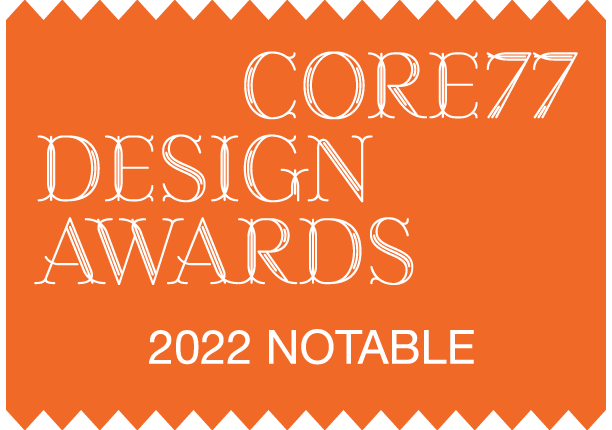Intersectional Design Cards
What is Intersectional Design?
Intersectional design considers overlapping or “intersecting” factors—including gender, ethnicity, age, geographic location, etc.—that interact to shape a person’s or a group’s experience and social opportunities as a starting point for a more inclusive design approach.
Example cards:

Disability
Refers to different physical or neural divergent conditions that relate to movement, sense, or activities. Disabilities may impact how people interact with a product or service. Some may be visually impaired; others may have limited mobility or dexterity.

Gender
Refers to cultural attitudes and behaviors that shape products, technologies, environments, and knowledge—and includes: gender norms, gender identity, and gender relations.
Gender is multi-dimensional and may include women, men, transgender, genderqueer, gender-diverse individuals, non-binary, etc.

Sustainability
Refers to environmentally responsible design that meets the needs of the present without compromising future generations. One sustainable design approach is Life-Cycle Assessment (LCA), a methodology for assessing environmental impacts associated with all stages of the life cycle of a product, process, or service.
Design means…
Our definition of design is organized into four interrelated levels of design. These scale up from physical objects to cultural trends. Where does your design work sit on this map?
This expanded definition of design encourages designers to consider where their products make an impact and how they can improve the inclusivity of their work.


